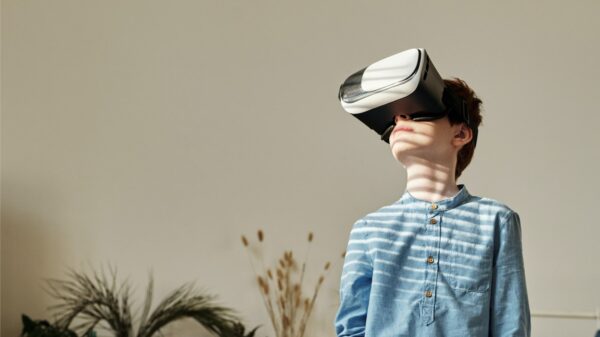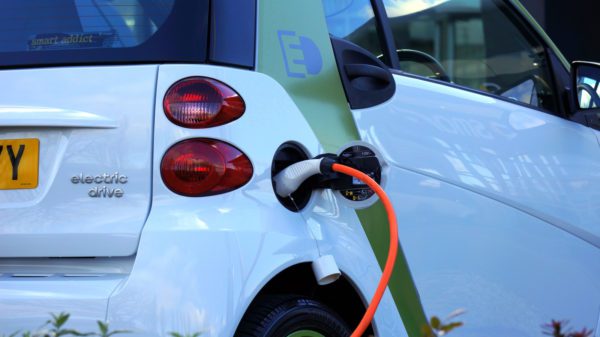Sooner rather than later, you’ll be able to purchase 3D-printed foods at your local supermarkets. According to USA Today, researchers at Columbia University created a 3D printer that makes cheesecake. The 3D-printed cheesecake is a breakthrough, as printed meals traditionally used uncooked ingredients. So what does this breakthrough mean for the potential 3D food printing market?
3D-printed foods could help combat food instability.
USA Today reports that 3D food printers will likely hit the consumer market in about five years. The retail product could cost around $1,000. According to MarketsandMarkets research, the anticipated market share could reach nearly $2 billion by 2027. However, it isn’t necessarily the everyday consumer that 3D-printed foods would benefit the most.
According to Axios, printed meals could help significantly combat food instability across the globe. The University of Ottawa postdoctoral fellow Ezgi Pulatsu says environmental challenges have exacerbated food insecurity worldwide. 3D-printed foods are an efficient way to produce meals in bulk and cut down on wasted materials.
The Department of Defence and NASA has experimented with 3D-printed meals.
NASA has explored the possibility of 3D-printed meals for the last decade. Astronauts would print their meals for extended deep-space missions that could see them off-planet for months at a time. In 2013, NASA awarded a Small Business Innovation Research contract to Systems and Materials Research Consultancy. The Austin, Texas-based company kickstarted the agency’s 3D-printed food research program.
The US Army could also make great use of the technology. The Department of Defense (DoD) has researched military applications for the technology since 2014. According to NPR, in 2014, the DoD approved research funding to provide each soldier with personally-tailored 3D-printed “Meals Ready-to-Eat” (MREs).
Companies worldwide use lab-grown meats in tandem with 3D printing tech.
Reuters reports an Israeli company called Steakholder Foods partnered with Singapore’s Umami Meats to create fish filets without the fish. Umami Meats uses cells from grouper and replicates them in a lab to create food material. Then Steakholder Foods adds a “bio-ink” to facilitate the 3D-printing process.
“As time goes by, the complexity and level of these products will be higher,” said Steakholder Foods CEO Arik Kaufman. “[Over time] the prices linked to producing [3D-printed, lab-grown food] will decrease.”
Scientists research lab-grown meat as an environmentally-friendly alternative to commercial farming. However, Stakeholder Foods is among the few companies researching lab-grown fish rather than beef or chicken.
What are the drawbacks of printing your next meal?
The National Library of Medicine’s Center for Biotechnology Information reports several logistical issues with the tech. For example, 3D printing food items like candy or other non-perishables is simpler than using meats. For instance, you must cook chicken-based meals properly, or eating them will make you sick. Maintaining and cleaning the printers also presents a challenge, especially on a large scale.
However, with more time and research, 3D-printed foods could provide consumers with safe, efficient, and environmentally friendly meals. “With more emphasis on food safety following the COVID-19 pandemic,” said Columbia researcher Jonathan Blutinger. “Food prepared with less human handling could lower the risk of foodborne illness and disease transmission.



























